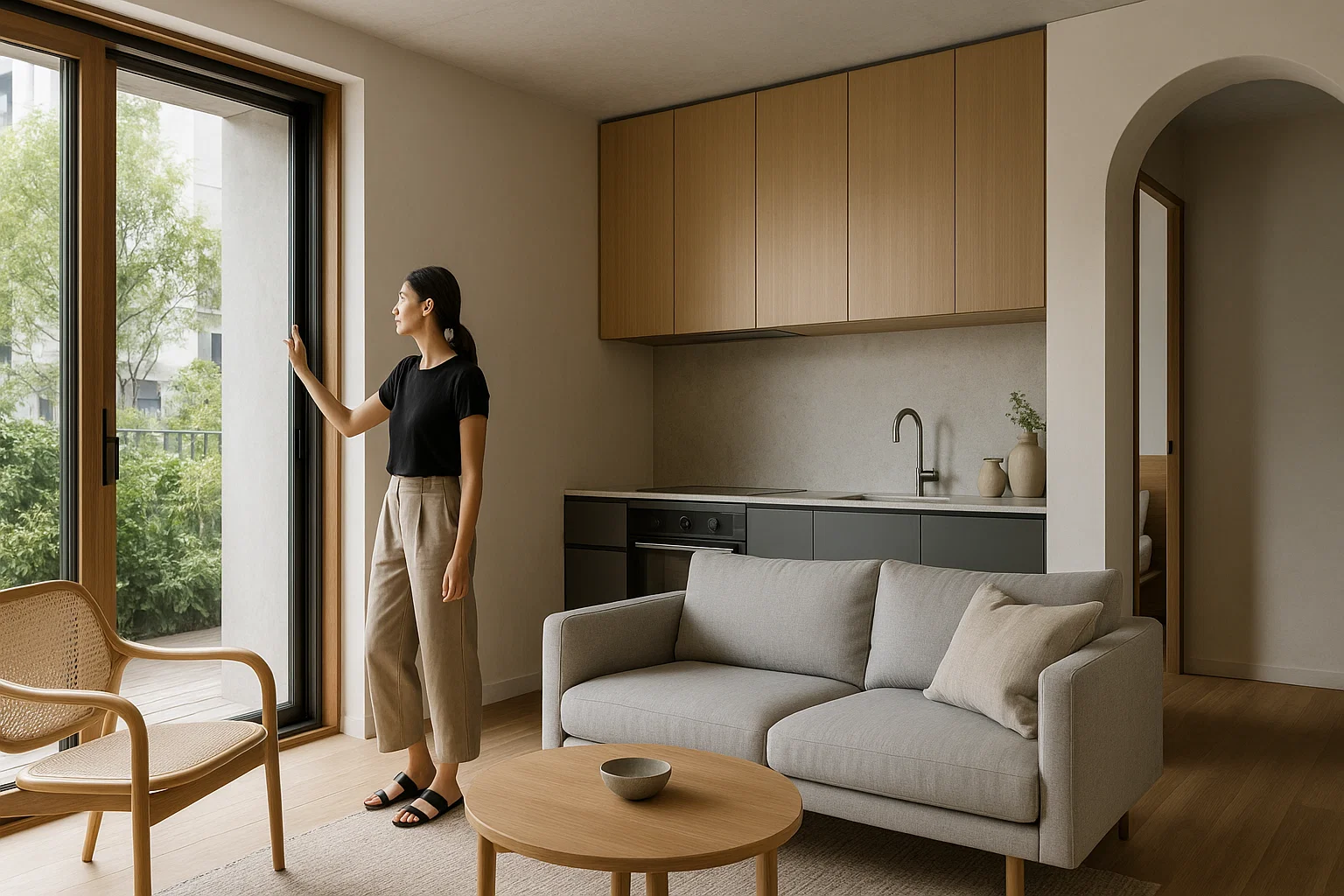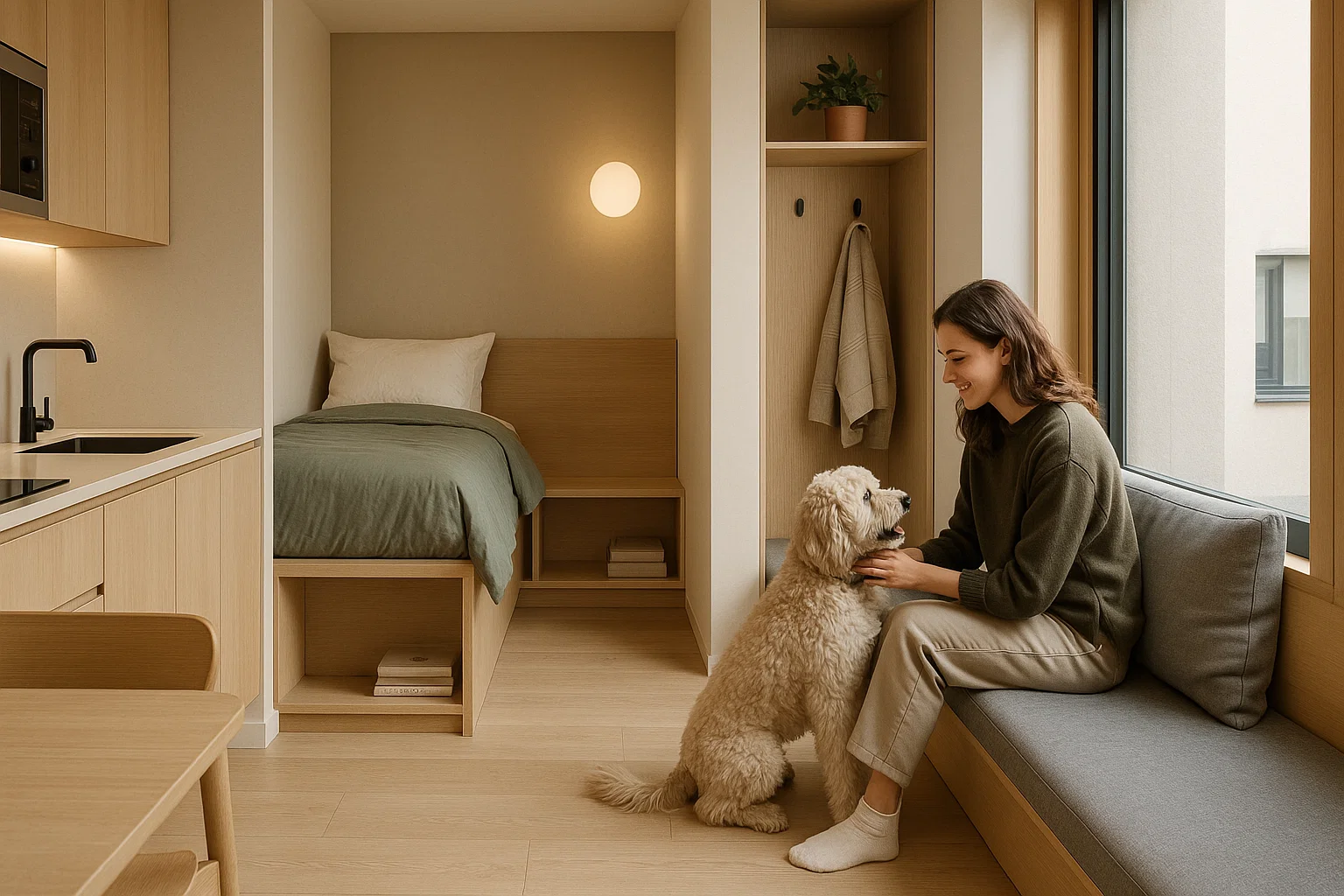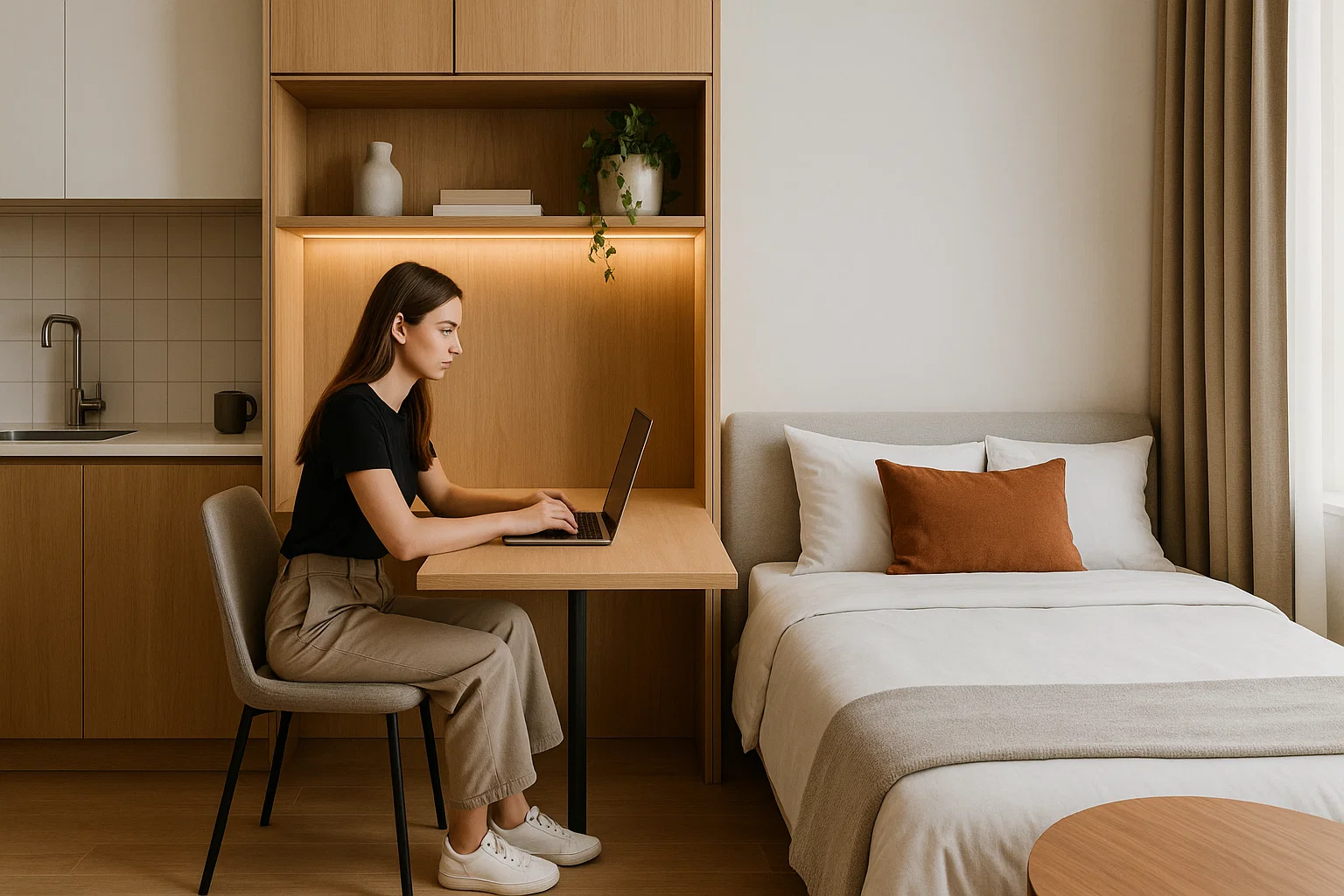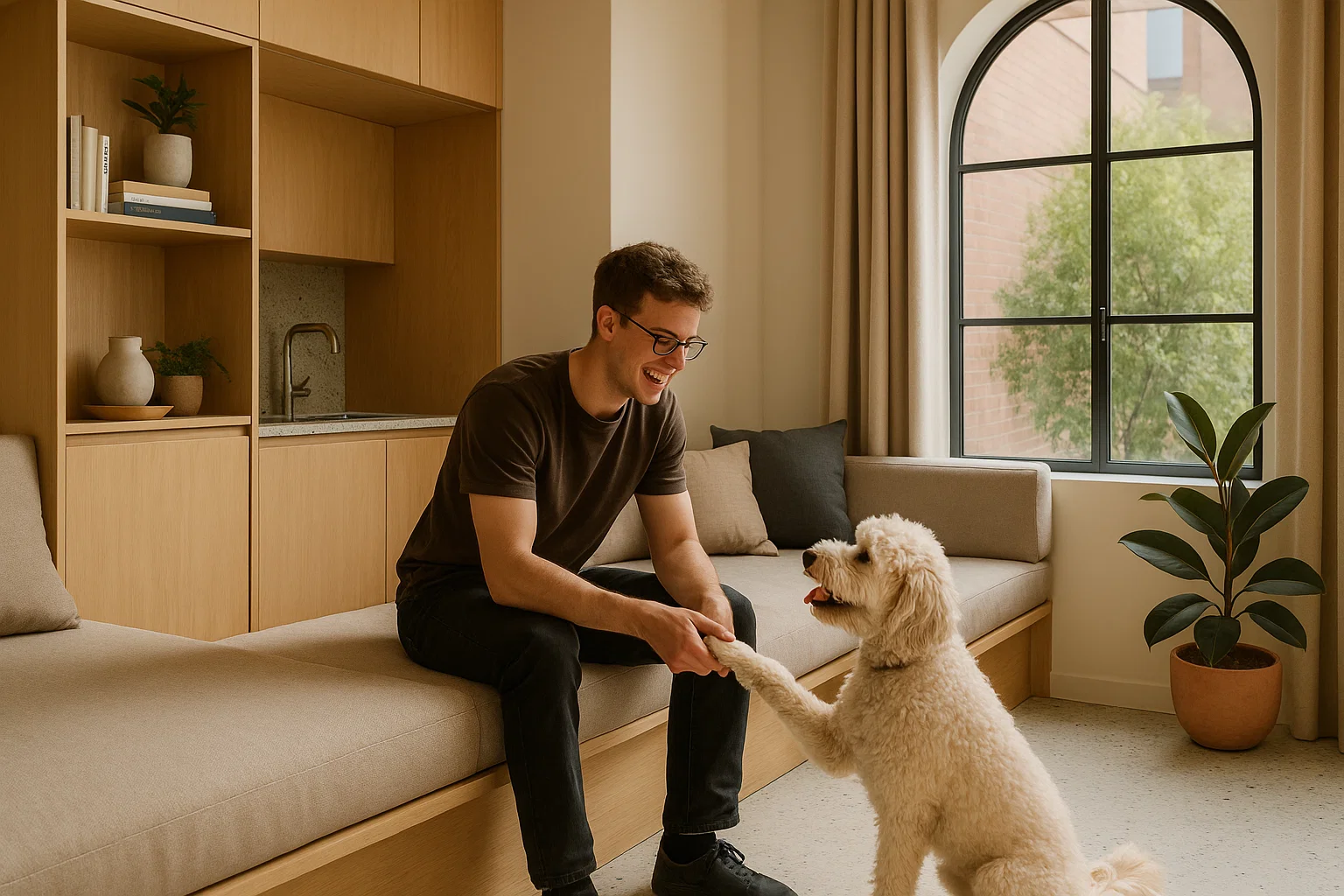
Melbourne’s Urban Reset: How One Project is Redefining City Living
Forget what you think you know about apartment living. In Fairfield, Melbourne — a spot the locals affectionately call “the Rhode Island” — a new playbook for urban housing is being written. It’s the Nightingale model, and their “NEVER TOO SMALL” project isn’t just putting up buildings; it’s building a new kind of life.
This isn’t about maximizing investor returns; it’s about crafting homes. The Nightingale model focuses on delivering housing that’s genuinely affordable, high on sustainability, and designed as a place to live, not just a commodity. With 20 apartments and three ground-floor shop fronts, the big idea here was to forge a “vertical community”.
More Than Just Walls: A Vertical Neighborhood
Think beyond standard hallways. These open walkways are engineered as an “active and dynamic street interface”. The goal? To spark interaction. When you can see and connect with neighbors, with the street below, and with the green spaces wrapped around the walkways, you’ve created a place where stopping for a chat becomes natural.
The community vibe extends to the top floor. The rooftop garden isn’t just a patch of green; it’s a full-on amenity, featuring both a productive garden for growing your own food and an outdoor barbecue and fireplace area. These spaces are designed as versatile “outdoor rooms,” smart enough to host multiple groups simultaneously. Even the laundry facilities get a social upgrade. Instead of individual units, there’s a shared laundry, purpose-built as an “incidental meeting space” where you can connect with neighbors. This move challenges the traditional expectation of in-unit laundry, proving that sharing can lead to greater overall amenity and a stronger sense of community.
Smart Design for Modern Living
Take a look inside one of the one-bedroom apartments. At around 51sqm (548sqft), it’s a masterclass in efficient, comfortable living. These units soak up northern light all day, giving you that great morning glow and consistent brightness. Crucially for Melbourne’s climate, they’re designed for excellent cross-ventilation, allowing you to open windows and get a breeze, even though the units are “very well sealed”.
Step through the Koya mat entry, under a warm timber soffit ceiling, and onto recycled timber flooring. Exposed concrete ceilings meet simple, pre-sealed form ply joinery, which brings a nice texture at a reasonable cost.
The living space is an open, unified zone for cooking, dining, and lounging. The kitchen, hugging the southern wall, is a double threat: both a functional cooking space and smart storage. While primarily form ply, it’s elevated with stone, brass fittings, and a mirror splashback that cleverly expands the perceived size of the room. Cabinetry mixes open shelves with hidden doors, inviting residents to personalize their space rather than face a “sheer wall”.
Every inch serves a purpose. A prime example is the window seat, perfectly sized to tuck a table beside it, maximizing the living area. The bedroom is strategically placed on the southern side, buffered from any rail noise. It’s further protected by double glazing and acoustically effective doors, ensuring a quiet retreat. Thanks to exposed ceilings, the cabinetry runs “all the way out to the ceiling,” translating to significantly more storage than you’d typically find. Even the bathrooms, with their dark palette of floor-to-ceiling charcoal tiles, feature elegant brass fittings around the sink, adding a touch of class to a simple design. And the transition from the darker bathroom back to the brighter living space makes the entire apartment feel more expansive.
While budgets were tight, the designers selectively injected a “level of richness into the detailing”. Small, thoughtful touches like a timber threshold at the entrance and a bespoke light at the front door hint at the “hands of craft” that elevate the building’s appeal without major cost.
Sustainability Built-In
The Nightingale model’s commitment to the environment is baked into its core. Rainwater is collected, and a heat pump handles all hot water needs. A substantial 20 kilowatts of solar power sits on the roof, with future expansion potential.
Thermal performance is a highlight. All windows are double-glazed, using a European tilt-and-turn system that provides a “fantastic thermal break and thermal seal”. Similarly, the sliding balcony doors feature a “lift and slide” mechanism, seating them tightly onto a gasket for superior acoustic and thermal sealing. For warmth, underfloor hydronic heating delivers a “lovely low temperature through radiant heat”. These elements ensure the apartments are “very well sealed,” keeping energy costs down and comfort up.
The Future is Now
Projects like Nightingale are more than just buildings; they’re a statement. They “start to show the development community what is possible”. They challenge outdated notions, proving that not everyone needs two bathrooms or an in-house laundry. Instead, many people are “prepared to share some of this space if it gives them a larger living space, if it gives them something that’s much more that has much greater amenity – them generally and they’re interested in living within a community and they’re interested in living sustainably”. By prioritizing generous liveable areas and robust shared amenities over often-unused individual spaces, Nightingale isn’t just building apartments; it’s building a smarter, more connected blueprint for urban life.




